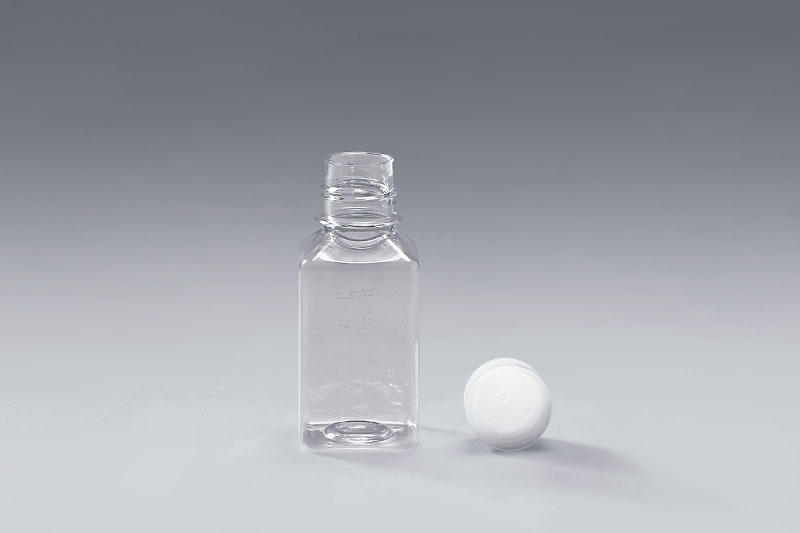세포 배양 기술의 발전은 지금까지 매우 성숙했습니다. 세포 성장은 환경, 온도, 삼투압, pH 값 등과 같은 다양한 요구 사항을 충족해야 합니다. 다양한 합성 배지에서 기본 영양소를 제공하는 것 외에도 다른 세포 및 다른 배양 목적에 적응해야 합니다. 세포 성장을 촉진하기 위해 혈청 및 기타 물질을 추가합니다. 따라서 media Bottles은 세포 배양 분야에서 광범위한 응용 프로그램을 가지고 있습니다.
Serum은 주로 소 태아 혈청, 송아지 혈청, 성체 소를 포함하여 혈장에서 피브리노겐을 제거하여 형성된 매우 복잡한 혼합물입니다. 혈청, 말혈청, 염소혈청, 닭혈청, 토끼혈청 등이며, 그 중 소태아혈청이 사용된다. 가장 일반적으로 사용됩니다. 혈청은 세포외기질, 성장인자 및 트랜스페린과 같은 중요한 물질을 제공합니다. 첨가되는 혈청의 비율은 다른 세포와 다른 연구 목적에 따라 결정되어야 합니다. 10%~20% 혈청은 성장 배지라고 하는 세포의 빠른 성장과 증식 속도를 유지할 수 있습니다. 세포의 느린 성장 또는 불멸성을 유지하기 위해 2%~5%의 혈청을 첨가할 수 있으며 이를 유지 배지라고 합니다.
혈청의 특수성으로 인해 보관 온도는 -5°C ~ -20°여야 합니다. 씨. 미디어 병은 일반적으로 사출 스트레치 블로잉 기술에 의해 투명한 PET 재료로 만들어집니다. 이 재료는 내열노화성이 우수하고 취화 온도가 -70°C이며 여전히 -30°C에서 특정 인성을 가지고 있어 혈청의 보관 요구 사항을 충족합니다. . 그리고 배지 병은 멸균되며, 발열원, 내독소, DNase, RNase 및 세포 성장에 영향을 미치는 기타 요인이 없습니다.
혈청은 세포 배양에 없어서는 안될 품목입니다. 생물 제품, 면역 요법, 과학 연구 기관 및 기타 분야의 지속적인 개발로 혈청에 대한 수요도 증가하고 배지 병은 세포 배양 분야에서 더 넓은 적용을 가질 것입니다.
The FAI climbed 5.9 percent year-on-year in the first 11 months of 2018, quickening from the 5.7-percent growth in Jan-Oct, the National Bureau of Statistics (NBS) said Friday in an online statement.
The key indicator of investment, dubbed a major growth driver, hit the bottom in August and has since started to rebound steadily.
In the face of emerging economic challenges home and abroad, China has stepped up efforts to stabilize investment, in particular rolling out measures to motivate private investors and channel funds into infrastructure.
Friday's data showed private investment, accounting for more than 60 percent of the total FAI, expanded by a brisk 8.7 percent.
NBS spokesperson Mao Shengyong said funds into weak economic links registered rapid increases as investment in environmental protection and agriculture jumped 42 percent and 12.5 percent respectively, much faster than the average.
In breakdown, investment in high-tech and equipment manufacturing remained vigorous with 16.1-percent and 11.6-percent increases respectively in the first 11 months. Infrastructure investment gained 3.7 percent, staying flat. Investment in property development rose 9.7 percent, also unchanged.
 English
English



















































